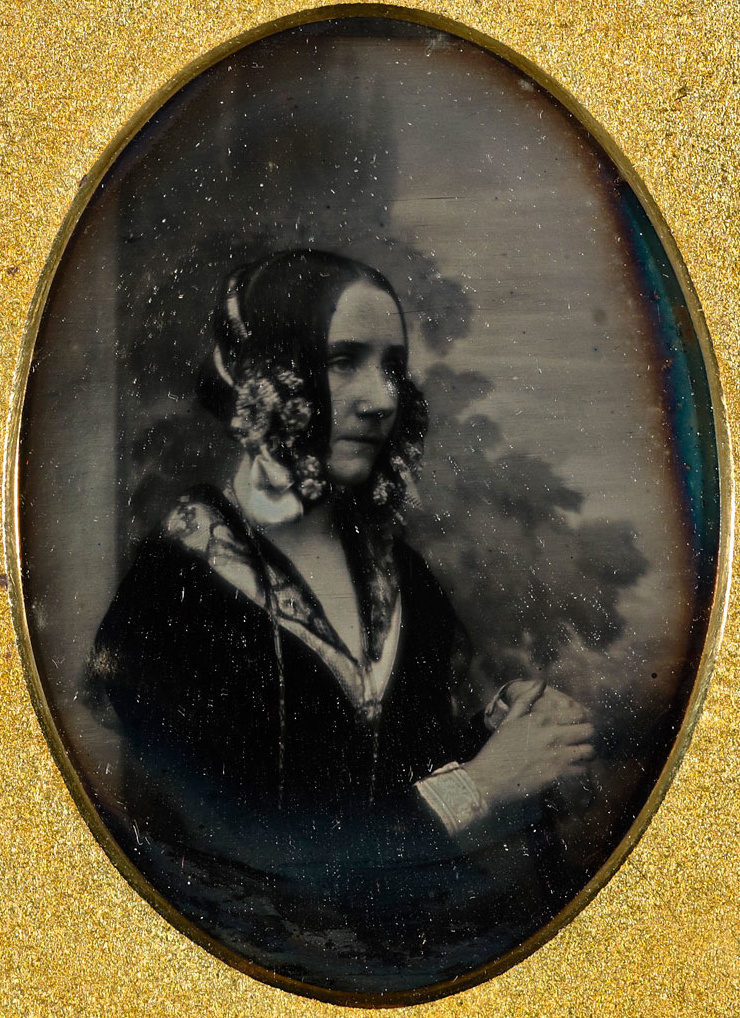
Against all odds
Changing the world in the 19th century was hard and having to be a woman in the field of mathematics, science and engineering wasn’t a walk in the park. Ada Lovelace had beaten the odds of time when she became the first programmer that ever lived. She was only miles away into making the world a better place.
Born in 1815, she grew into a mathematician and writer who became renowned for her work on the Analytical Engine. This was a proposal by Charles Babbage to develop a general-purpose mechanical computer but failed due to personal setbacks and financial constraints. She’s attributed to having written the world’s original algorithm for the Analytical Engine that enabled the machine to calculate Bernoulli numbers.
Ada’s early career
Her writing skills paved the way for her to meet renowned scientists like Andrew Crosse, Charles Wheatstone, and Charles Dickens, who was an incredible writer. This might have prompted her to define her work as ‘Poetical Science’ and herself as an analyst and metaphysician. She was open to believing the importance of image and intuition in science and mathematics following the three core steps of observation, interpretation, and integration.
In her line of work, she found herself translating an article written by engineer Luigi Federico Menabrea, an Italian, using the Analytical Engine. She also added some numerous thoughts and plans for the machine while at work and this made her notes thrice as much as the original article. She was highly regarded by Babbage, who mentioned that her mathematical prowess was higher than anyone he ever knew.

Was coding a discovery made by mistake?
The notes paved the way for the discovery of codding as a method the machine could handle letters, symbols and numbers. It wasn’t limited to composing elaborate and scientific music pieces of any degree of complexity or extent. She had conceived a method for the engine to repeat a series of commands alongside her discovery from the article. This idea was a stepping-stone that marked the transitioning from calculation to computation.
Ada Lovelace was a mathematical genius who had come in the spotlight 150 after her discoveries. Her contributions to science became known to the world in the late 1950s, where she has ever since received numerous posthumous honors for her work. One of them is the “Ada” computer language named after her by the U.S Department of Defense.
She has been an inspiration to many women. She went through the odds of her time and still managing to shine. Her commemoration occurs on October 13 each year for having set the pace for women in science, technology, engineering and mathematics.
